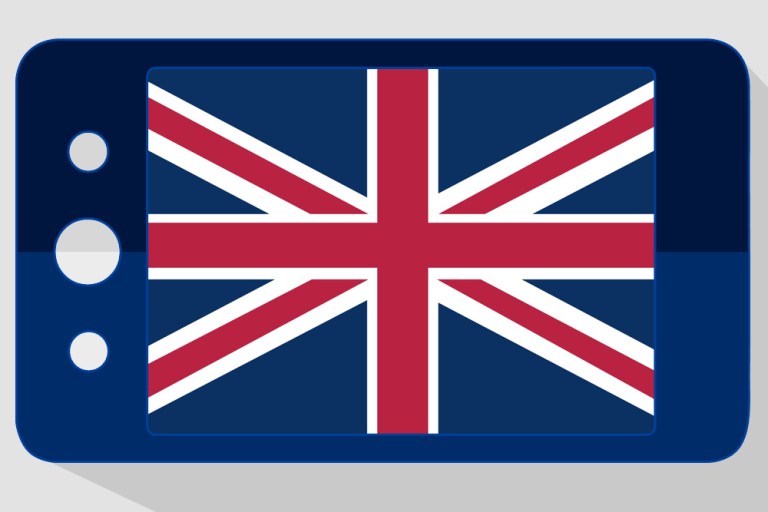
In setting out to create the 2015 U.K. Consumer Mobile Payment Study, TSYS was looking to provide valuable information to help its clients and other stakeholders navigate the current market trends for mobile payments (and related topics like mobile banking, communication and retailer apps).
What they found out — as Morgan Beard, Strategic Marketing Director at TSYS, told MPD CEO Karen Webster in a recent discussion about the report — was quite surprising, in particular the results that dealt with consumer preferences and trends around mobile.
For example, consumers’ willingness to use mobile devices to make in-store purchases: Seventy-three percent of respondents said they were likely to use m-payments for in-store payments in the next two years.
“This was an eye-opener for us,” Beard tells Webster. “We’re eager to watch it evolve as we hold this survey annually.”
But there’s more. Looking at mobile payments alone, 42 percent of respondents said they expect that half their in-store purchases in two years time will be made via their mobile phone — numbers that Beard called “encouraging.”
And it’s not just millennials getting in on the mobile payments and banking action. Beard also pointed to the adoption of mobile banking apps across demographics. “Mobile banking apps are no longer the purview of digital natives,” he remarks. “In fact, many of us born before the digital age are just as likely to use m-banking apps as the younger generations.”
And what kind of transactions are they conducting on their phones?
“They’re doing some of the more passive things,” says Beard, pointing to several key findings around mobile banking from the study. “Logging in to see their balance is one of the higher ranked items as well as checking recent transactions, again passive things.”
But the study also suggests that they’re getting more active. “Transferring money between accounts, making bill payments, receiving alerts from their bank, these things all rank highly as things that people are doing on a regular basis,” added Beard.
The study goes on to suggest that whatever they are doing with their mobile banking and payments apps, these intergenerational users are pleased with their experience. Of the nearly one-third of respondents in the TSYS study who said they had made a mobile in-store purchase in the last six months, 81 percent found the experience “good” to “excellent.” This is promising news for companies both on the banking and retail side of the mobile equation who are allocating hefty resources into developing apps and driving consumer adoption for them.
This investment is seemingly paying off. When asked why consumers in the U.K. are so pleased with their mobile banking and payment experiences, Beard says it had a lot to do with the outstanding design work being done by app developers. “Primarily it comes down to the user experience being so intuitive now,” he tells Webster.
There are a few other factors that Beard expects will also continue to drive the industry forward and increase consumer adoption even further. “Loyalty incentives play a real role here,” remarks Beard, citing the report data. “The ability to store loyalty cards and rewards programs is one of the most highly ranked reasons that respondents gave that could spur adoption.”
However, when looking at other areas that are impeding adoption, security reared its head as a hot-button issue. “Security is a main issue, and the leading inhibitor to a general adoption of mobile payments,” notes Beard. “Fifty-four percent of respondents said security was an issue, and 87 percent said they would use m-payments if that security could be guaranteed.”
There is a general perception that there is an increased security threat in mobile payments; this is part of the reason that there are transaction limits – recently increased from £20 to £30 in the U.K. — placed on contactless transactions. In actuality, mobile payments offer some of the most advanced security measures available today.
“Things are so much more secure when a fully tokenized payment is made,” Beard observes. “In addition, there are biometric security features integrated into so many mobile devices now, in that sense if people realized how secure these payments are I would imagine they would be more apt to have no limits set.”
Even physical security of the device itself is a concern among consumers; the threat of losing a phone is amplified when that phone may be used to conduct in-person mobile transactions.
“That may be related to the incredible power that our mobile devices have over us in general,” suggests Beard. “There is a stat that says folks would be more likely to drive more than an hour to get a mobile phone that they left behind, but are less likely to do the same for a wallet. I think that speaks to what a critical part of our daily lives our devices have become.”
As mobile devices reach further into our daily lives, there are a number of obstacles the industry must overcome to pull off a broader adoption of mobile payments and banking apps.
“The key is to assuage consumer fears and really broadcast the security and fraud protection built into these banking apps,” says Beard. “I think the industry still has a real story to tell.” If they can do it, the potential rewards are huge — with 42 percent of respondents to the TSYS survey expecting to make at least half their in-store purchases via mobile devices over the next two years.
In tune with that optimistic outlook, Beard concludes: “We’re really in exciting times in the industry and also as individual consumers and cardholders.”
To download the 2015 U.K. Consumer Mobile Payment Study from TSYS, click here.

Morgan Beard is Director of Strategic Marketing for TSYS International. In his current role, he focuses on identifying new markets and solutions for clients with TSYS’ international business. In his tenure at TSYS, Beard has held a variety of previous roles in product marketing, where he was responsible for delivering product launches and thought leadership efforts. Prior to joining TSYS in 2008, he spent 15 years in sales and marketing positions in the U.S. and Latin America, with experience ranging from Fortune 500 companies to startups. Beard holds a degree in Spanish and economics from St. Lawrence University, as well as an International MBA from the University of South Carolina. He can be contacted at mbeard@tsys.com or www.twitter.com/morgan_beard.